Risk Management
Risk management is integral to Marico’s strategy. We believe that success of an organization hinges not only on its ability to explore and exploit business opportunities, but also on the quality of its risk management processes.
In today globalized environment, which is deeply interconnected through a continuous flow of goods, services, capital, people, data and ideas, occurrences of unforeseen events such as the COVID-19 pandemic, geopolitical tensions, etc. can also impact business models. In this context, it is imperative for companies to have a comprehensive risk management strategy to ensure business continuity, in addition to agile and efficient operations.
Our risk management framework comprises identifying material risks, analysing their likelihood, quantifying their consequential impact, and preparing our response plan for the same.

Identify risk material to each function/business

Implement the risk mitigation plan

Monitor the progress of risk mitigation plan Periodically review the risks and related metrics.

Evaluate the risks based on ‘impact‘ and ‘vulnerability‘ Prioritise top 10 risks at the Company level

Develop mitigation plan for each risk with relevant efforts and result metrics Recommend the plan to the Board for approval
The Risk Management Committee monitors and reviews the risk management plan and provides guidance on the mitigation strategies.
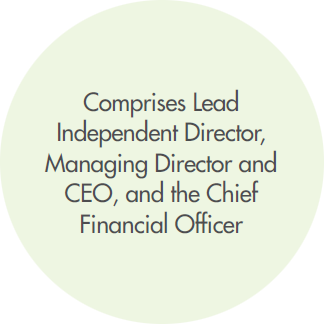
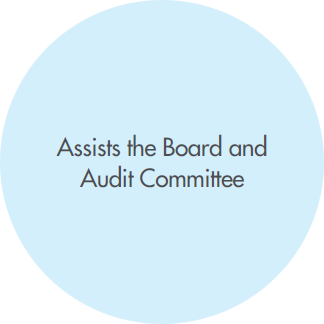
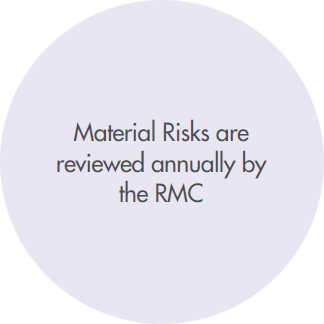
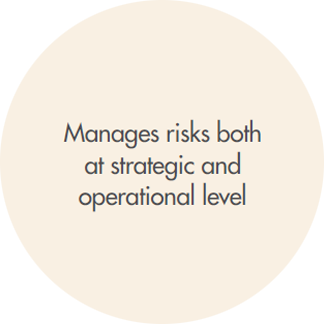
Continuous monitoring of the identified risks is a part of our institutionalised process, where we track the effectiveness of our efforts and update the Risk Management Committee on the progress. Risk related issues, if any, are discussed at review meetings.
Our risk management process evaluates all significant business processes to identify risks that are classifiable under following categories:

Strategic risks

Financial risks

Operational risks
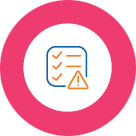
Compliance and Governance risks

Environmental and Social risks


Strategic risks
Consumer tastes, preferences and behaviours have been evolving over the years, due to various factors, such as cultural shifts, demographic changes, technological advancements, or emerging trends.. This trend has only accelerated after unexpected events post the outbreak of the pandemic. WithIn addition, with increasing social media/digital media penetration penetration, brand awareness levels and deepening reach of branded goods , the speed of the pace of shifts in consumer preferences has dramatically risen. It is, therefore, an imperative that our portfolio and brand communication also evolvess in line with consumer expectations demand so that we continue to remain relevant and competitive in our categories.
With the increasing number of competing brands across offline and online marketplaces, counter campaigning and aggressive pricing by competitors, maintaining brand relevance, market shares and pricing power is critical to sustained growth.
Given that the success rate for new product launches in the FMCG sector is typically low, new products may not gain traction among consumers or may fail to scale up as planned.
Acquisitions may impose a financial burden on the parent entity, if the acquired business significantly underperforms vis-a-vis expectations. The integration of operations and cultural harmonisation may also take time, thereby deferring benefits of synergies.
Transparency around financial and non-financial performance of the Company and regular communication is critical for building stakeholder trust and market credibility.

Financial Risks
The FMCG sector is not capital intensive, although fund requirements arise on account of inventory position building, capital expenditure undertaken or funding inorganic growth. Changes in the interest regime and in the terms of borrowing could impact the financial performance of the Company. Additionally, this risk may also impact income on the Company’s investment and lead to mark-to-market losses on its investment portfolio.
Marico has significant local presence in Bangladesh, South East Asia, the Middle East, Egypt and South Africa. The Company is thus exposed to a wide variety of currencies. Fluctuations in these currencies could impact the Company’s financial performance. The risk of currency depreciation is accentuated during periods of high inflation in these economies.

Operational Risks
Unexpected changes in commodity prices and supply could impact business margins and ability to service demand. The past few years have witnessed wide fluctuations in input prices. As a result, the overall uncertainty in the environment continues to be high.
Unprecedented and unpredictable events including pandemic, political instability, civil unrest can significantly impact business results.
Factors such as low GDP growth and high food inflation could result in down trading from branded to non-branded or premium to mass market products
Disruption in business operation due to nonavailability of critical Information Systems through cyber-attack and loss of sensitive information due to unauthorised access.

Environmental and Social Risks
Marico relies on agricultural produce for raw materials. Water shortages can lead to supply chain disruptions, crop failures and increased production costs.
Low agricultural productivity and related disruptions can negatively affect availability of raw materials.
There is an increasing expectation from stakeholders to decarbonize operations to align with global goals. Any shortcomings or gaps in the performance against net zero targets may hamper stakeholder’s trust in the company.
Any risk to safety, health and well-being in operations are detrimental to employee’s motivation and productivity. A safe and positive work environment is critical for creative problem solving and innovation.
It is critical to attract and retain top talent to remain competitive, drive innovation, increase productivity, enhance customer satisfaction, and build a strong employer brand. By prioritizing talent acquisition and retention, organizations can position themselves for long-term success and growth.
Management and assessment of environmental and social risks in the value chain is crucial to safeguard corporate reputation, ensure legal compliance, enhance supply chain resilience, reduce costs, engage stakeholders, seize market opportunities, and contribute to long-term sustainability.
Acceptance by the surrounding community, stakeholders, and society enables organizations to protect their reputation, access resources and markets, promote sustainable practices, build strong relationships and contribute positively to society